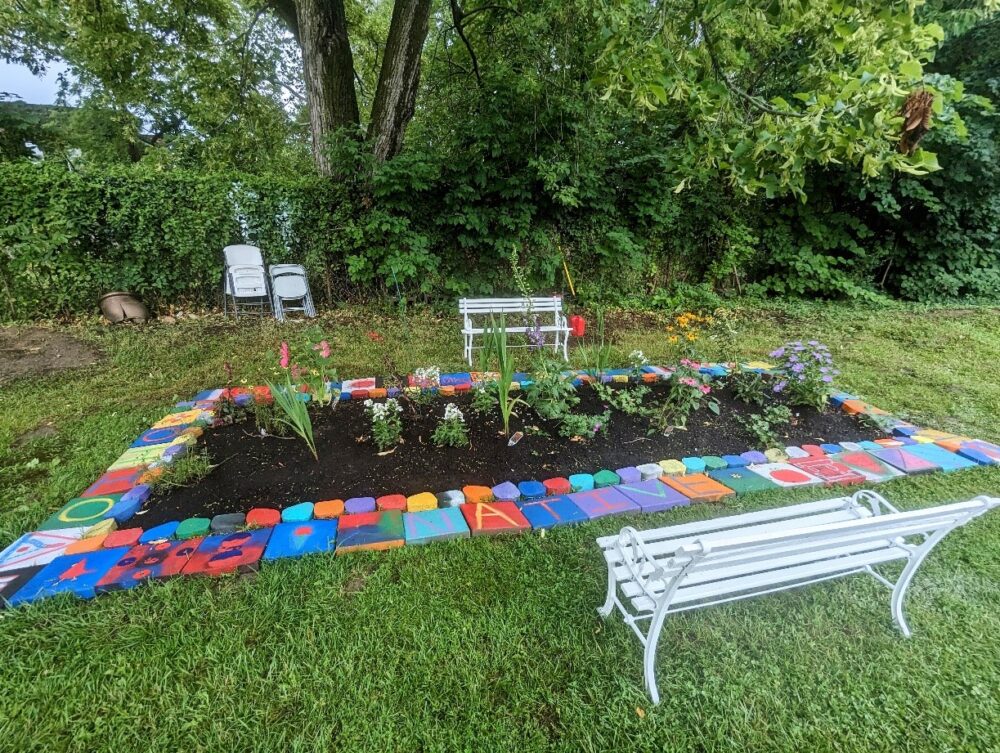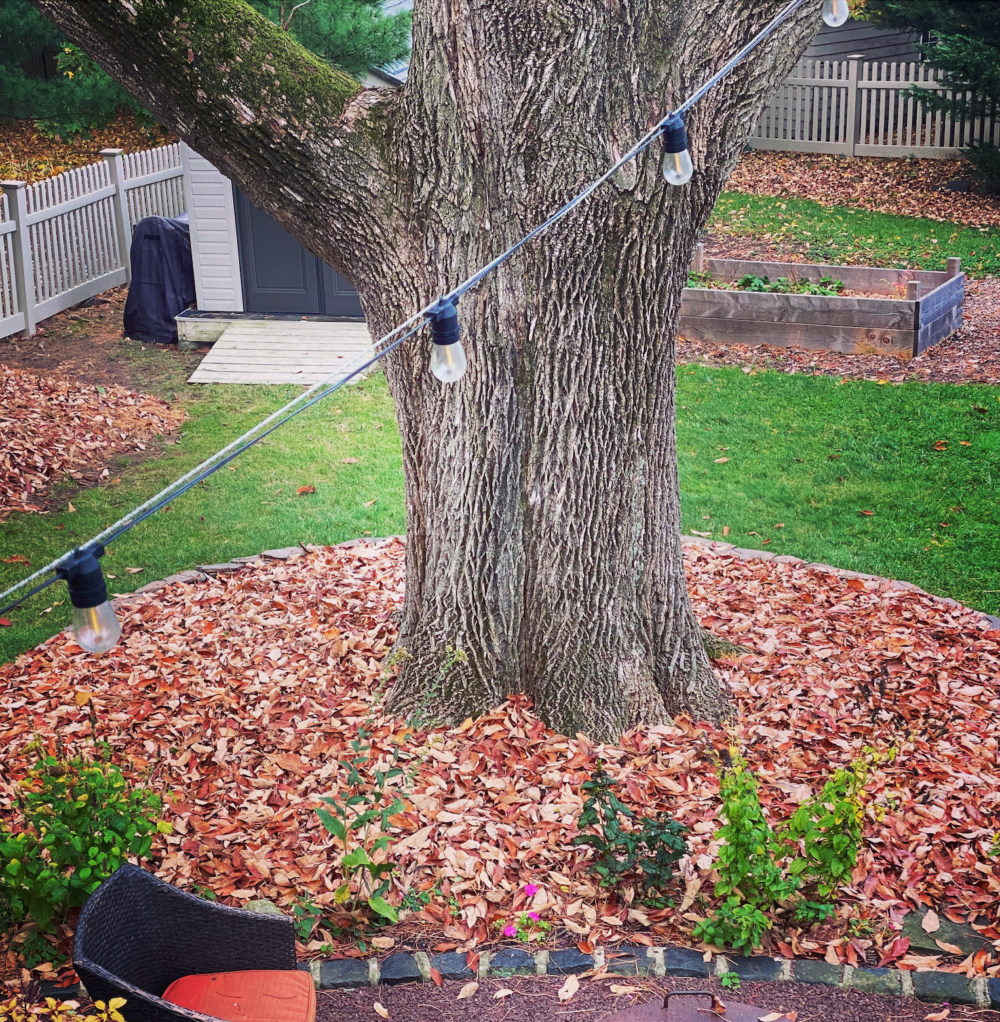We have much more to do and your continued support is needed now more than ever.
Choosing a Wildlife-Friendly Christmas Tree
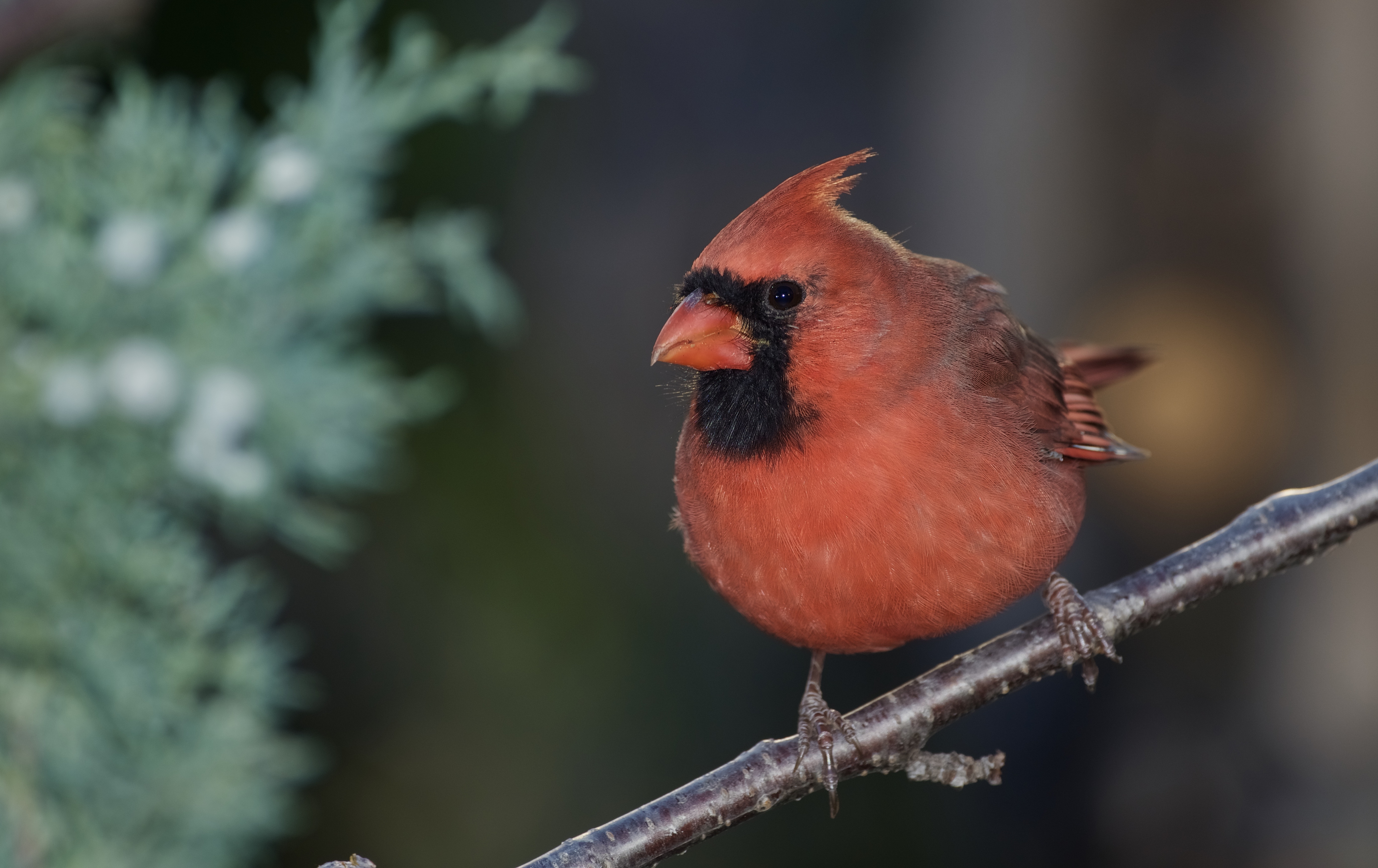
Decorating with evergreen trees, wreaths, and garland is a beloved holiday tradition. They are decorated with lights and ornaments, become backdrops for annual family photos, and serve as a traditional umbrella for gifts to loved ones. According to the American Christmas Tree Association close to 100 million American households put up a tree during the winter holiday season. The National Christmas Tree Association reports that between 25-30 million real Christmas trees are sold. But which is the more wildlife-friendly choice: real or artificial tree?
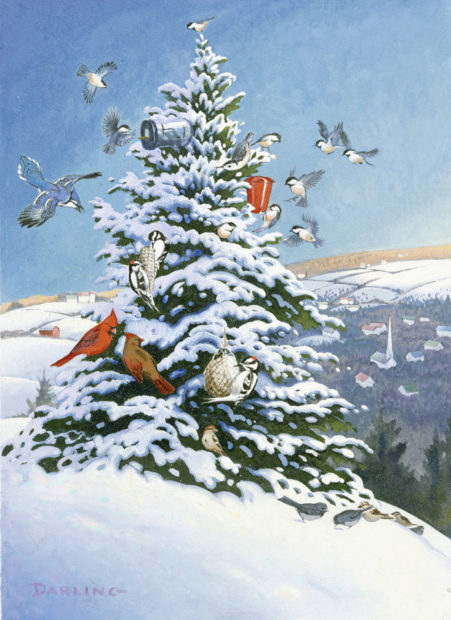
While purchasing an artificial tree is a one-time investment and doesn’t require cutting down trees, they are manufactured from unsustainable fossil fuels and will persist for centuries in the landfill when they are ultimately disposed of. They are also typically made overseas and shipped to the United States, increasing their carbon footprint and negative environmental impact.
Real trees, on the other hand, are typically grown in the U.S. or Canada on family-owned tree farms. There are 16 species that we commonly use as “Christmas trees” and many of them are native species. While the trees grow, they provide wildlife habitat, produce oxygen and sequester carbon. After trees are harvested, new trees are planted to replace them and keep the cycle going. Tree farms can help sustain rural communities and keep land from being developed into suburban sprawl.
So real trees are better, right? Well, in the big picture it’s a little more complicated and which is the better choice for wildlife depends on how long you use your artificial tree, what you do with your real tree after the holiday, and if you want to focus on climate impact or wildlife habitat. Our post here breaks down all the factors to consider when it comes to choosing what type of tree you want.
If you do go with a real Christmas tree that can be a fantastic choice–as long as you keep the following things in mind.
Buy Local and Sustainable
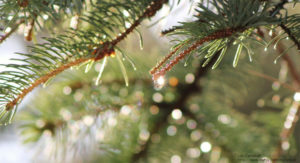
Like any form of agriculture, tree farming practices can impact the local environment. Support tree farms that use organic practices, follow Integrated Pest Management principles that minimize the use of pesticides and practice water conservation. Ask your retailer for these details before purchasing a tree.
As with firewood, real holiday trees can also harbor non-native invasive pest species. Trees grown in one area and then transported and sold in another location may spread invasive forests pests such as gypsy moths, pine shoot beetle, balsam woolly adelgid and Phytophthora ramorum, the fungus-like pathogen that causes sudden oak death. Many traditional holiday greens used in wreaths and garlands are non-native invasive species such as Asian bittersweet and multiflora rose that can spread from the ornamental berries.
The best way to minimize the chance of introducing a new pest to your neighborhood is by getting a locally sourced tree. Follow these tips:
- Purchase locally grown trees or greens for wreaths and garland if you can.
- Cut down your own tree from a local cut-yourself farm or nursery.
- Obtain a permit and cut your own tree from a local forest within 10 to 20 miles of your house.
- Buy a pre-cut locally sourced tree from an established local business.
- Don’t use invasive species such as Asian bittersweet in holiday decorations
Recycle Your Tree
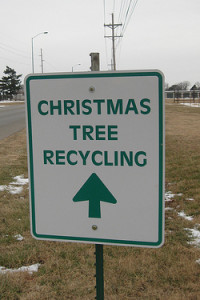
Ultimately, the day comes when your holiday trees need to be disposed of. Putting them in the trash is one option, but it’s better to keep them out of the landfill. Many communities have special tree recycling collections after the holidays or have a municipal compost facility where you can bring it. This is recommended for trees not grown locally.
However, sustainably and locally grown trees can benefit your local wildlife, the soil in your yard, or even nearby restoration projects. Here are four ways to sustainably re-purpose your holiday trees:
1. Create a brush pile with your tree as the base
A brush pile consists of logs, branches and twigs and an old Christmas tree can make a great base. This is the easiest thing you can do with your tree if you have a yard. It directly benefits the wildlife in your backyard during winter months because brush piles and dead trees offer food and needed protection from the chill. We have suggestions for how to make a brush pile and we understand that not all communities allow for them.
2. Use it in the garden
There are a number of ways you can recycle holiday tree to enrich your soil by composting it or using the needles and boughs to cover your garden bed. Chop the trunk and branches and break your tree down, this will allow you to add some nice insulation to your garden.
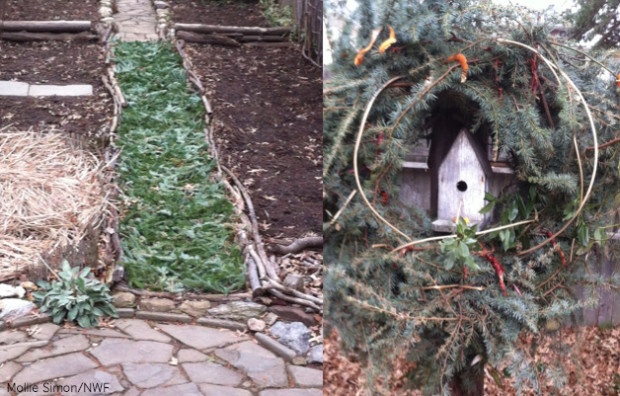
3. Decorate your tree for wildlife
If you love to watch birds or want a fun project, you can move your holiday tree outside and decorate it with edible ornaments or popcorn strings so that you feed wild birds. This is an enjoyable activity to do with kids and can help wildlife at a time when food is scarce. (Note: unlike birds, mammals such as raccoons, foxes or deer can become habituated to feeding by humans, so stop if they show up.) Most of the recipes call for peanut butter, fresh fruit such as grapes, berries, or apples, suet and bird seed.
These crafts all make edible ornaments for birds:
4. Donate your tree to a local restoration project
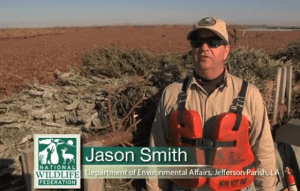
There are all sorts of great local projects that take in Christmas trees and use them for restoration projects. Recycled holiday trees have helped to help prevent wetland loss in Louisiana. Other projects have helped provide fish habitat in National Forests, restore dunes, and even provide electricity or mulch for cities. If your county does have a tree disposal program, do a little digging to make sure you like where your tree ends up!
What plans do you have for your Christmas tree?
If you used a real tree this year, let us know what you’re doing with it in the comment section below, or share a link to any places you know of that use Christmas tree donations to help wildlife or the environment.



















